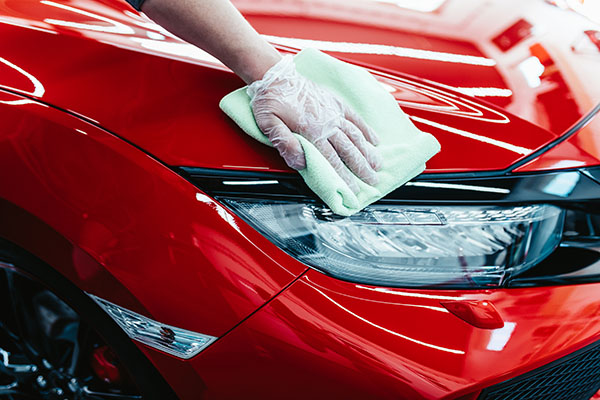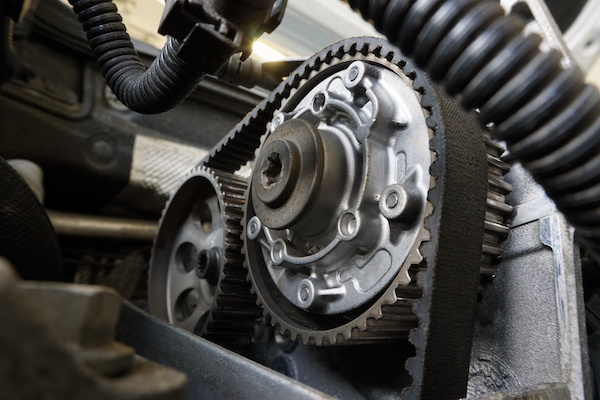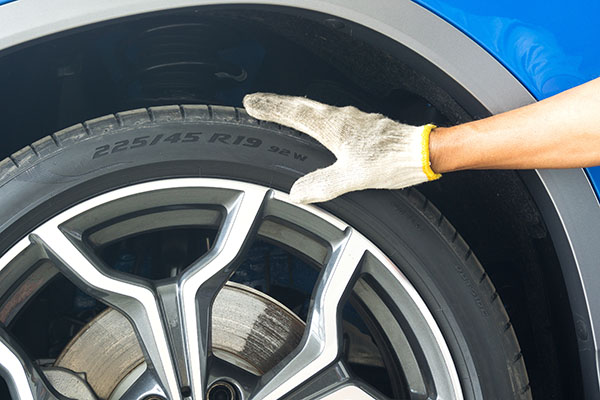Posted on 10/28/2023

There's something undeniably satisfying about driving a spotless, pristine car. But professional car washes can be expensive, and let's face it, there's a sense of accomplishment in doing it yourself. So, how can you wash your car at home like a pro, achieving that enviable shine? Buckle up, fellow car enthusiast, because we're about to embark on a journey to uncover the secrets of DIY car detailing. Gather Your Arsenal To clean your car like a pro, you need the right tools. Start by assembling a collection of essentials: a bucket, a wash mitt or microfiber sponge, high-quality car shampoo, wheel cleaner, a hose with a nozzle, and microfiber towels for drying. These tools are your weapons of choice for the battle against dirt and grime. The Pre-Wash Ritual Before you even think about lathering up, give your car a thorough rinse to remove loose dirt and debris. Th ... read more
Posted on 9/30/2023

Your car is a complex orchestra of parts working together to keep you moving. One of the unsung heroes in this automotive symphony is the timing belt. It's a humble but crucial component that plays a vital role in synchronizing your engine's movements. Without it, your engine would be like a conductor without a baton, leading to chaos under the hood. So, when should you consider a timing belt replacement? The Mileage Milestone Most car manufacturers recommend replacing the timing belt every 60,000 to 100,000 miles. However, this can vary between different makes and models, so consult your vehicle's manual for specific recommendations. If your car has reached or surpassed this milestone, it's time to think about a replacement. Visible Signs of Wear and Tear Sometimes, your car will give you visual cues that the timing belt is aging. Look for cracks, fraying, or noticeable wear on the belt. If you spot any of these signs during a routine inspection ... read more
Posted on 8/31/2023

In the realm of automotive excellence, Italy stands as a beacon of luxury, style, and performance. The Alfa Romeo Giulia, a creation from the iconic Italian automaker, encapsulates the essence of Italian craftsmanship, delivering a driving experience that marries elegance with exhilaration. This blog delves into the captivating world of the Alfa Romeo Giulia, exploring its features, specifications, and notable model years. The Art of Design From the very first glance, the Alfa Romeo Giulia makes a lasting impression. Its sleek and sculpted lines exude sophistication, with a blend of curvaceous elegance and modern aggression. The classic Alfa Romeo shield grille and triangular headlights pay homage to the brand's storied history, while the overall design creates an aerodynamic profile that's as visually striking as it is functional. Heart-Pounding Performance Underneath Giulia's stylish exterior lies a heart that beats with unbridled pas ... read more
Posted on 7/30/2023

When it comes to visiting a repair shop for vehicle maintenance or repairs, planning ahead and scheduling an appointment can offer significant advantages over showing up last minute. While it may be tempting to drop by spontaneously, the benefits of scheduling appointments beforehand can streamline your experience, save time, and ensure that you receive the attention your vehicle deserves. Here are a few facts that make scheduling an appointment a much better and safer approach to repair shop procedures: Remember: Booking an appointment through our website only takes two clicks! Prioritized Service By scheduling an appointment, you secure a dedicated time slot for your vehicle's service. This allows the repair shop to allocate resources, including qualified technicians, specific equipment, and necessary parts, to address your vehicle's needs promptly. Without an appointment, you may have to wait longer or risk being turned away if the ... read more
Posted on 6/29/2023

When it comes to maintaining your vehicle's performance and ensuring a smooth ride, two terms often come up: wheel alignment and wheel balancing. While these terms are related to the wheels of your vehicle, they serve distinct purposes. Let's dive in and unravel the differences between these essential wheel maintenance practices. The Difference The key difference between wheel alignment and wheel balancing lies in their objectives and procedures. While wheel alignment focuses on the angles at which the wheels make contact with the road, wheel balancing addresses the distribution of weight around the wheel and tire assembly. Wheel alignment ensures that the wheels are properly positioned for optimal performance and handling, while wheel balancing minimizes vibrations and provides a smooth ride by eliminating weight imbalances. Wheel Alignment Wheel alignment refers to the adjustment of the angles at which your vehicl ... read more